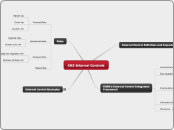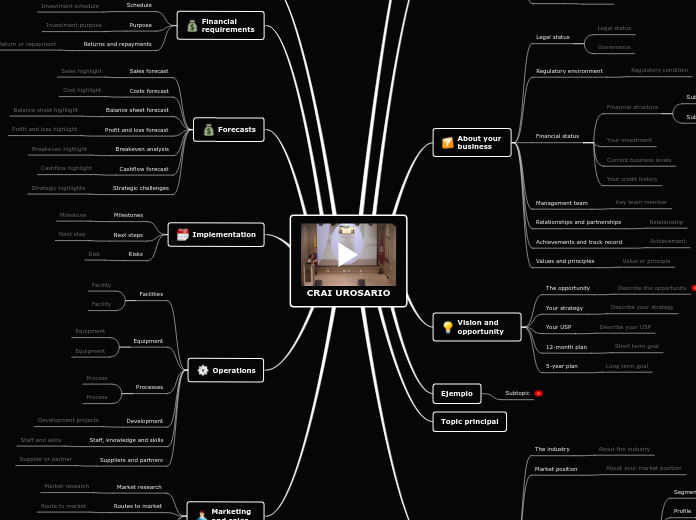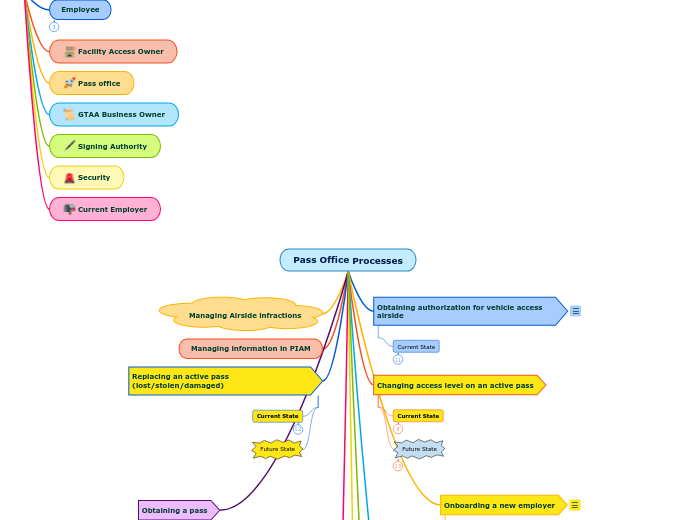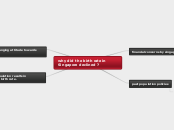CH3 Internal Controls
Internal Control Examples
Adequate documentation
Background checks
Backup of computer files
Backup of power supplies
Bank reconciliation
Batch control totals
Data encryption
Document matching
Edit checks
Firewalls
Insurance and bonding
Internal audits
Limit checks
Lockbox systems
Physical security
Preformatted date entry screens
Prenumbered documents
Restrictive endorsement and daily deposits of checks received
Segregation of duties
User training
Risks
Hazard Risk
Strategic Risks
Business strategy risk
Legal and regulatory risk
Operational Risks
Human error risk
Systems risks
Financial Risks
Liquidity risk
Credit risk
Market risk
COSO's Internal Control Integrated Framework
Monitoring
To determine the quality of internal control performance.
Information & Communication
For an internal control system to function effectively, its purpose, methods, and results must be communicated throughout the organization.
Control Activities
Control activites refer to the actual internal controls implemented on the basis of the risk assessment.
Corrective controls
Detective controls
Preventative controls
Risk Assessment
Involves using a taxonomy, business experience, research, and dialogue to identify the risks associated with operations.
Control Environment
Control Environment refers to the tone at the top of the organization.
Internal Control Definition and Importance
Internal Control- A process, effected by an entity's board of directors, management and other personnel, designed to provide reasonable assurance regarding the achievement of objectives in the following categories: effectiveness and efficiency of operations, reliability of financial reporting and compliance with applicable laws and regulations.
Purposes of internal control
-Safeguarding assets
-Ensuring financial statement reliability
-Promoting operational efficiency
-Encouraging compliance with management's directives
Internal controls provide reasonable assurance in a few common areas, such as operations, financial reporting, and human behavior.
Internal controls are designed to provide reasonable assurance
Internal control necessarily involves people in the organization.
Internal Control is a process









